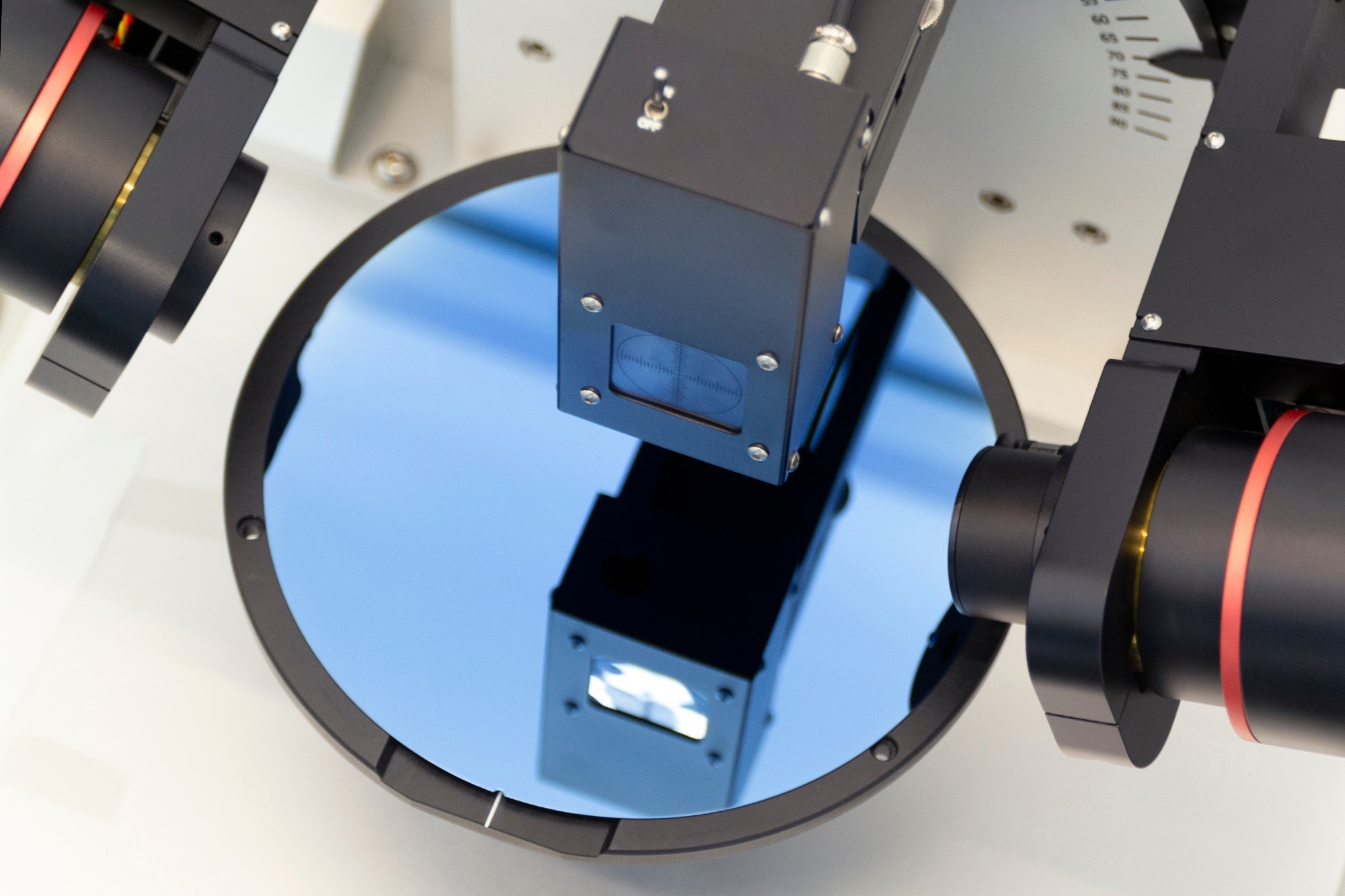A recent article in Nature Synthesis proposed a controlled synthesis pathway to thermodynamically stable, ordered layered ternary nitride thin films with a two-dimensional (2D)-like structure. The study also discussed the formation of disordered metastable intermediate phases, using MgMoN2 as an example.

Image Credit: Titolino/Shutterstock.com
Background
Controlled synthesis of metastable materials is a major focus in materials chemistry, with metastable thin films often synthesized through rapid condensation of vapor precursors. However, achieving thermodynamic ground states, crucial for applications in electronics and energy conversion, remains challenging.
Metastable nitride thin films are used in practical applications, such as MoN for hydrogen evolution electrocatalysis, and NbN in superconducting qubits, but their ground-state properties remain largely unexplored.
Stable 2D-like structures, however, exhibit unusual semiconductor and quantum properties, making them highly desirable. Therefore, developing synthesis pathways for stable layered ground states is crucial to harnessing these properties.
Current thin-film synthesis methods often lead to metastable three-dimensional (3D) structures, and reliable pathways to achieve nitride thin films with layered 2D-like structures have yet to be established. This study addresses this by proposing the synthesis of such films through a 3D long-range disordered metastable intermediate structure.
Methods
Mg-Mo-N thin films (150-300 nm thick) were synthesized using radiofrequency co-sputtering of metallic magnesium and molybdenum precursors in an argon-nitrogen atmosphere deposited on silicon and quartz substrates. This process was carried out with (<600 °C) and without (80 °C) intentional heating. The films were then subjected to rapid thermal annealing in a flowing nitrogen atmosphere at 600-1200 °C for 3-30 minutes.
X-ray fluorescence (XRF) quantified the metal composition of the films, while Auger electron spectroscopy (AES) determined their anion composition. Nanocalorimetry measurements, performed in a nitrogen atmosphere, used an average heating rate of ~10,000 °C/s.
X-ray diffraction (XRD) was used to determine the crystal structure of the nitride films prepared at various deposition and annealing temperatures. Time-dependent XRD data was obtained to analyze the kinetic mechanism of nucleation and growth during this phase-transformation process. Additionally, high-resolution synchrotron grazing-incidence wide-angle X-ray scattering (GIWAXS) measurements were performed on selected samples deposited on quartz.
To explain the experimental results for MgMoN2 thin films, a first-principles investigation of the potential energy surface (PES) of MgMoN2 using density functional theory was conducted. These theoretical studies involved generating 5000 random structures, relaxing them to the closest local minimum, and classifying them according to the underlying structure type.
Consequently, a transformation pathway was established from a 3D rocksalt (RS) intermediate to a layered 2D-like rockseline (RL) structure.
Results and Discussion
XRF measurements confirmed the absence of oxygen impurities in the synthesized MgMoN2 thin films, with Mg/(Mg + Mo) = 0.50-0.75. XRD results identified the Mg-Mo-N films as nanocrystalline RS with mixed molybdenum and magnesium occupancy of the cation lattice (Mg/(Mg + Mo) = 0.20-0.95). The RS lattice constants exhibited a linear variation with the cation composition in the LeBail fits of synchrotron XRD data.
The crystal structure transformed from RS to RL after annealing for 3 minutes at 800-1100 °C. The pure RL phase was obtained in the Mg/(Mg + Mo) range of 0.45-0.70, while the RS structure persisted beyond this range. Moreover, annealing above 1100 °C and longer than 3 minutes led to a reaction between molybdenum and the silicon substrate.
GIWAXS measurements of MgMoN2 films annealed at 600 °C (RS) and 900 °C (RL) exhibited well-resolved peaks from reference patterns. However, the peak intensity varied due to preferential orientation effects or Mg/Mo cation disorder.
Notably, RS-MgMoN2 data lacked peaks indicating long-range cation ordering, unlike the RL- MgMoN2, where such ordering was observed. This suggests that during the annealing process, the cation-disordered RS structure transitioned into a cation-ordered RL structure, with the metastable 3D RS structure forming before the stable layered 2D-like RL structure.
First-principle studies revealed that kinetically limited growth methods favor metastable 3D structures over stable 2D-like ones. However, a 2D-like structure can form through atomic transformation from a 3D intermediate lacking long-range cation order but containing locally ordered motifs. These motifs serve as nucleation sites for the crystallographic transformation into a long-range-ordered 2D-like structure, as observed experimentally through annealing.
Conclusion
The researchers successfully synthesized MgMoN2 with a stable layered 2D-like crystal structure (RL) from a 3D disordered metastable intermediate (RS). This 3D-to-2D transformation pathway was quantified through in situ measurements and theoretical calculations.
The sputtered MgMoN2 thin films crystallized in a cation-disordered RS structure with 3D octahedral coordination and rapidly transformed into a cation-ordered layered 2D-like RL structure when annealed above 700 °C. Experimental pair distribution function analysis and nanocalorimetry measurements validated the proposed 3D-to-2D transformation model.
This synthesis pathway can be applied to other metastable 3D nitride materials like MgWN2, MgTa2N3, and ScTaN2. The findings also suggest that the long-range order of the final layered product can be controlled by adjusting the short-range order of the intermediate during synthesis, allowing fine-tuning of the quantum and semiconducting properties of nitride thin films.
More from AZoM: Microspectroscopy for Thin Films, Defect Analysis, and Heterostructure Imaging
Journal Reference
Zakutayev, A., et al. (2024). Synthesis pathways to thin films of stable layered nitrides. Nature Synthesis. DOI: 10.1038/s44160-024-00643-0, https://www.nature.com/articles/s44160-024-00643-0
Disclaimer: The views expressed here are those of the author expressed in their private capacity and do not necessarily represent the views of AZoM.com Limited T/A AZoNetwork the owner and operator of this website. This disclaimer forms part of the Terms and conditions of use of this website.